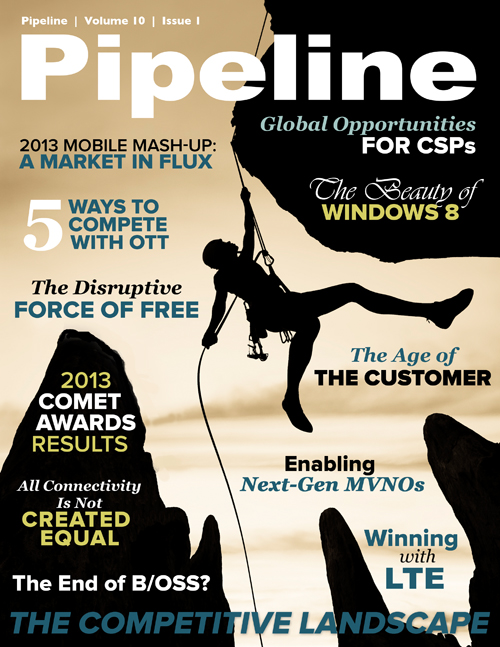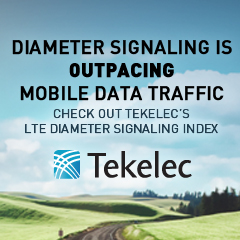A Glance at Global LTE Strategies and Momentum
Operators no longer question the need for LTE as a competitive differentiator.
Spectrum considerations
Most recent and upcoming spectrum auctions have granted 4G network rights, involving bands appropriate for LTE. According to ABI Research’s Jake Saunders, VP and practice director, the most popular bands are 2,600 MHz, 25% 800 MHz, and 22% 1,800 MHz. He has stated that the rising popularity of 800 MHz, especially in Europe, “will help operators save cost when fulfilling the aggressive roll-out obligation set by regulators worldwide, which is a key reason for the rapid increase in population coverage.”The popularity of 1,800 MHz [not 800 MHz] has galvanized the GSA to publish a series of white papers and webinars about LTE equipment that can be deployed in that band, as operators seem to be reaching out to vendors to rally support for the creation of hardware that accommodates user devices there.
Deployment considerations
Another critical choice operators have to make in their LTE decisions is whether to go with an LTE overlay strategy for faster time to market (TTM) or a single RAN (radio access network) deployment, which involves the simultaneous convergence of 2G and 3G.In its white paper “LTE Deployment Strategies: Network Overlay vs. Single RAN,” Heavy Reading reports that major operators in the US, Japan and South Korea have gone the overlay route as opposed to building out multi-standard base stations and converging multiple generations of networks. But there are some advantages to the RAN approach that might attract some operators.
Heavy Reading examines the variety of factors that operators evaluate when deciding between the two approaches, including:
- Spectrum and regulatory considerations;
- Key competitive and business considerations;
- The age and status of existing 2G and 3G (HSPA, EVDO) wireless networks;
- The pressure to address capacity constraints and customer demand;
- Quality of experience (QoE) issues;
- And implications for handling new services, such as voice and VoIP (voice over IP) maturity.
The need for speed
Speed is the coveted benefit for subscribers. Currently, real-world speeds for LTE are about three times faster than those of 3G, but that could change. Deloitte argues that as more users log onto LTE networks, speeds could fall from 20-30 megabits per second (Mbit/s) to roughly 10 or less.For the operators themselves, LTE means faster speeds for subscribers at a lower cost per gigabyte than is generally possible with 3G. However, LTE is still expensive in mature markets that boast an abundance of fixed networks available through Wi-Fi. Gadi Solotorevsky, CTO of cVidya and one of the founders of TM Forum’s Revenue Assurance modeling team, recently espoused the benefits of the wireless standard in an article for Black Swan Telecom Journal titled “LTE Rollout: Make It a Smashing Success With Risk Assessment, Controls, and Marketing Offer Analytics.” In the article, he explains that LTE “reduces an operator’s cost per byte,” “eases wireless congestion,” “delivers better QoS [quality of service] and larger data volumes,” and “enables advanced services.”
Granted, consumers will remain reluctant to pay a premium for LTE when fixed access is readily available, but competitive pressures and incremental decreases in the costs of devices will help drive down the costs of LTE services.





















